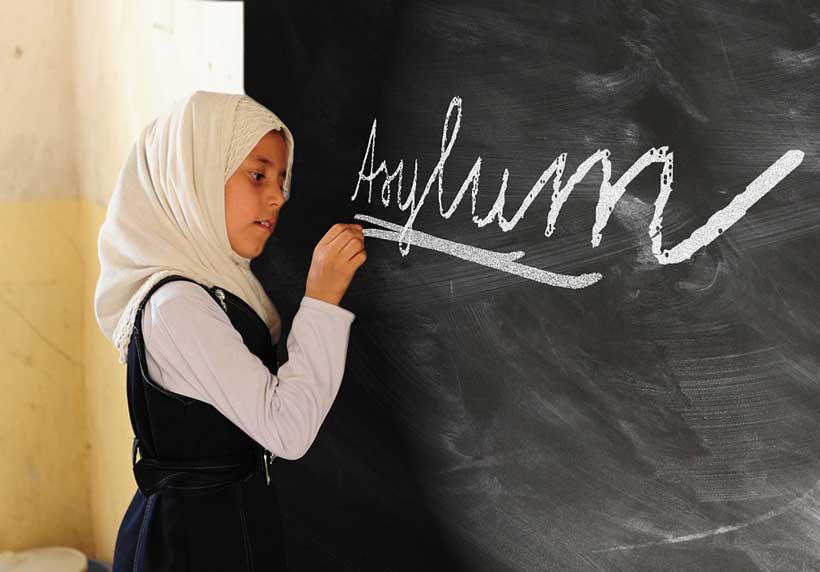The arrival of more than one million asylum seekers and migrants to Europe in 2015 exposed serious flaws in the EU’s asylum system. To respond to the migrant crisis, Parliament has been working on proposals to create a fairer, more effective European asylum policy.
Below you will find all the relevant data about the migrant crisis in Europe, who migrants are, what the EU is doing to get to grips with the situation, and what financial implications there have been.
Definitions: what is a refugee? What is an asylum seeker?
Asylum seekers are people who make a formal request for asylum in another country because they fear their life is at risk in their home country.
Refugees are people with a well-founded fear of persecution for reasons of race, religion, nationality, politics or membership of a particular social group who have been accepted and recognised as such in their host country. In the EU, the qualification directive sets guidelines for assigning international protection to those who need it.
Currently people from outside the EU must apply for protection in the first EU country they enter. Filing a claim means that they become asylum applicants (or asylum seekers). They receive refugee status or a different form of international protection only once a positive decision has been made by national authorities.
Asylum decisions in the EU
In 2018, there were 634,700 applications for international protection in the EU plus Norway and Switzerland. This compares with 728,470 applications in 2017 and almost 1.3 million in 2016.
Also in 2018, EU countries granted protection to almost 333,400 asylum seekers, down by almost 40% on 2017. Almost one in three (29%) of these were from Syria while Afghanistan (16%) and Iraq (7%) rounded up the top three. Of the 96,100 Syrian citizens granted international protection in the EU, almost 70% received it in Germany.
Situation in the Mediterranean
The European Border and Coast Guard Agency collects data on illegal crossings of the EU’s external borders registered by national authorities. In 2015 and 2016, more than 2.3 million illegal crossings were detected. In 2018, the total number of illegal border-crossings into the EU dropped to 150,114, its lowest level in five years and 92% below the peak of the migratory crisis in 2015.
One person can go through a border more than once, so the number of people coming to Europe is lower, nevertheless, member states have been under significant pressure.
In 2018, 471,155 people were denied entry at the EU’s external borders. As of 18 June, more than 24,000 people have risked their lives reaching Europe by sea so far in 2019, with more than 550 feared to have drowned. 116,647 people reached Europe by sea in 2018, compared to over one million in 2015. The Mediterranean crossing remained deadly however, with 2,277 dead or missing in 2018, compared to 3,139 a year earlier.
Migrants illegally present in the EU
In 2015, 2.2 million people were found to be illegally present in the EU. By 2018, the number had dropped to just over 600,000. “Being illegally present” can mean a person failed to register properly or left the member state responsible for processing their asylum claim. This is not, on its own, grounds for sending them away from the EU.
What Europeans are thinking
Migration has been an EU priority for years. Several measures have been taken to manage the crisis as well as to improve the asylum system. According to the results of a Eurobarometer poll released in May 2018, 72% of Europeans want the EU to do more when it comes to immigration.
The EU significantly increased its funding for migration, asylum and integration policies in the wake of the increased inflow of asylum seekers in 2015. In the forthcoming negotiations on the EU’s post-2020 budget, Parliament will call for additional funding for migration.
According to the UN Refugee Agency, an average of 37,000 people were forced to flee their homes every day in 2018. The countries hosting the largest number of refugees are Turkey, Pakistan, Uganda, Sudan and Germany. Only 16% of the world’s refugees are hosted by developed countries.
Around the world, the number of people fleeing persecution, conflict and violence has reached 70 million for the first time ever. That is equivalent to every man, woman and child in the UK and Ireland being forced from their homes. Children account for about half of the world’s refugee population.






